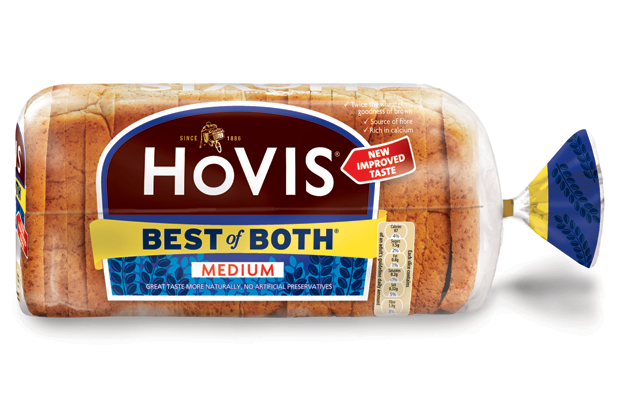Store prices rose at their fastest rate for nearly three years last month and the increase looks set to accelerate, according to a monthly report published by the retail industry.
Figures from the British Retail Consortium (BRC) showed prices in December were 0.8% up compared with a year earlier, the highest rate since March 2019.
It comes as the official inflation rate, which includes energy bills and fuel prices as well as store goods, reaches a 10-year high and is set to climb further.
Consumers also face higher monthly mortgage payments as interest rates rise, as well as a coming hike in national insurance.
BRC chief executive Helen Dickinson said: “Consumers may have noticed that their Christmas shop became a little more expensive in December.
“Not only did prices rise, but did so at a faster rate, especially in food.”
The shop price index had been showing year on year declines since May 2019 before posting an increase of 0.3% in November and accelerating last month.
It was led by a jump in food price inflation, up from 1.1% in November to 2.4% in December.
Non-food prices, by contrast, recorded a year-on-year fall of 0.2%, compared with a decline of 0.1% the month before.
The increases come at a time when the industry faces shortages of HGV drivers and meat processing workers – blamed on factors linked to Brexit as well as the pandemic – while global supply chain pressures are also taking their toll.
Ms Dickinson said: “Food prices were falling earlier on in 2021, but the acute labour shortages across supply chains, amongst other factors, led to the year ending with a notable increase; for example, fresh food saw the largest rate of inflation in almost a decade.
“The trajectory for consumer prices is very clear: they will continue to rise, and at a faster rate.
“Retailers can no longer absorb all the cost pressures arising from more expensive transportation, labour shortages, and rising commodity and global food prices.”








